Lectins are proteins found in plants, animals, and various microorganisms, playing a crucial role in cellular interactions.
What did you want to search?
Fill in the Form
Healthy nutrition is becoming increasingly important for improving quality of life and preventing disease, so its role in our lives is very important and significant.
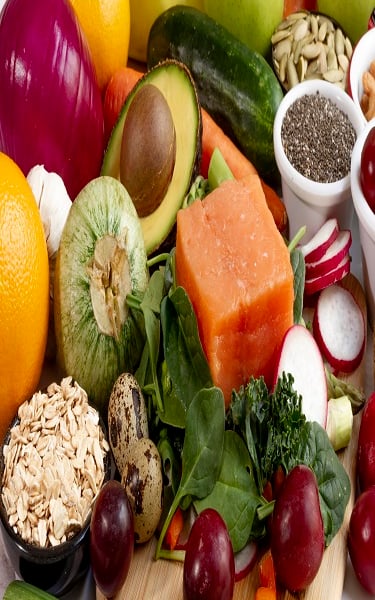
Lectins are proteins found in plants, animals, and various microorganisms, playing a crucial role in cellular interactions.
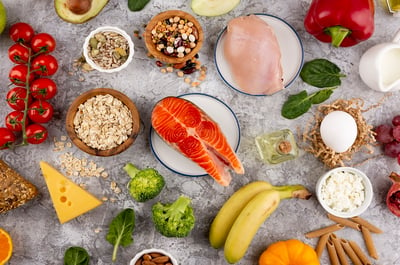
After the trends of healthy eating such as ketogenic, gluten-free diets, and intermittent fasting, lectin diet has recently become a part of our lives. So, what is lectin? Is it possible to eat a lectin-free diet? Does it have a specific diet plan? Is it harmful to our bodies? We took these into consideration when creating our detox packages and applications. In this article, we will share the answers to these questions and discuss how to incorporate lectin-free eating into your life.
Lectins are proteins found in plants, animals, and various microorganisms, playing a crucial role in cellular interactions. Through our research, we learned how the human body interacts with complex molecules, noticing that lectins' role in molecular interactions is becoming increasingly important. Lectins represent a protein family involved in the recognition and binding processes between various cells. Their presence and role are critical, especially in essential biological processes like the immune system, cell growth, and tissue repair.
At Vitalica Wellness, we have always emphasized the importance of internal and external care since day one. Therefore, we made it a fundamental goal in both our detox packages and applications. Healthy eating is gaining more importance in improving life quality and preventing diseases, making its role in our lives significant.
Looking at this perspective, we see that the conscious effects of lectins on nutrition and consumption strategies are becoming important not only for those seeking a healthy life but also for those aiming to age healthily.
Implementing the lectin diet is not as straightforward as following a specific recipe, unlike other familiar diet recommendations. We can incorporate this diet into our lives by restricting the consumption of foods containing lectins and increasing the intake of lectin-free foods. While lectin is a protein type found in many foods, paying attention to its consumption level is crucial to avoid potential harm or side effects.
Major foods containing lectins include:
Legumes (Pulses):
Beans
Lentils
Chickpeas
Soybeans
Grains:
Wheat
Barley
Rye
Oats
Nuts:
Hazelnuts
Almonds
Walnuts
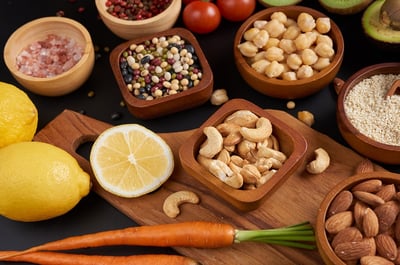
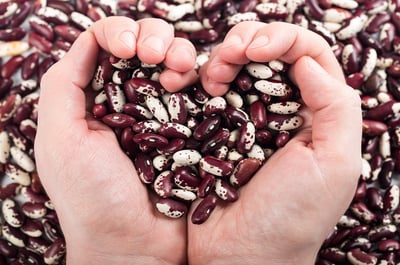
Seeds
Sunflower Seeds
Pumpkin Seeds
Vegetables:
Tomatoes (especially in the seeds)
Potatoes
Peppers (especially in the seeds
Fruits
Strawberries (especially in the seeds)
Raspberries (especially in the seeds)
Watermelon (especially in the seeds)
Seafood
While the mentioned foods may have high lectin levels, lectin content is generally rich in their raw and unprocessed forms. The lectin level can be reduced by subjecting them to heat treatment and fermentation. There is no harm in consuming these foods in a balanced manner, and there are even observed benefits to a certain extent. As the lectin diet can be restrictive, it may pose a risk in initial application, so consulting with a dietitian is strongly recommended.
Being aware that nothing in life is entirely beneficial or harmful, we also want to share the benefits of lectins with you. Lectins act as antioxidants in our bodies, protecting cells from potential damage caused by free radicals. Additionally, they help reduce blood sugar increases and high insulin levels by slowing down the digestion and absorption of glucose. Therefore, a balanced consumption of lectins may be beneficial.
Consuming a variety of foods from different groups can help balance lectin intake. Vegetables, fruits, whole grains, and various protein sources form the basis of a healthy diet.
Fermented foods show a decrease in lectin levels. Also, natural probiotics found in products like yogurt (preferably plant-based), kefir, pickles, and miso benefit the digestive system. Heat processing vegetables instead of consuming them raw is beneficial in reducing lectin levels.
Foods rich in antioxidants support the immune system by combating free radicals. They also help balance the consumption of lectin-containing foods. Major antioxidant-rich foods include colorful vegetables, fruits, green tea, and spices.
The tolerance level for lectins can vary from person to person. Observing your body is crucial, and getting a food intolerance test may also be helpful.
When designing the menus for our detox packages, we paid great attention to lectin levels and maintaining a balanced lectin intake. In incorporating the lectin diet into your life, we are always ready with our detox packages at Bodrum Vitalica Wellness and our dietitian at Istanbul Vitalica Wellness.
Hope to see you soon!
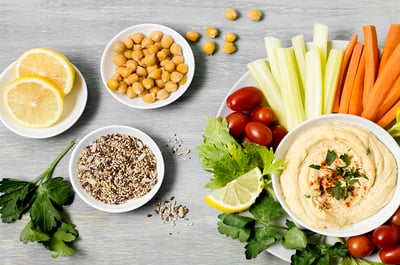

After the trends of healthy eating such as ketogenic, gluten-free diets, and intermittent fasting, lectin diet has recently become a part of our lives. So, what is lectin? Is it possible to eat a lectin-free diet? Does it have a specific diet plan? Is it harmful to our bodies? We took these into consideration when creating our detox packages and applications. In this article, we will share the answers to these questions and discuss how to incorporate lectin-free eating into your life.
Lectins are proteins found in plants, animals, and various microorganisms, playing a crucial role in cellular interactions. Through our research, we learned how the human body interacts with complex molecules, noticing that lectins' role in molecular interactions is becoming increasingly important. Lectins represent a protein family involved in the recognition and binding processes between various cells. Their presence and role are critical, especially in essential biological processes like the immune system, cell growth, and tissue repair.
At Vitalica Wellness, we have always emphasized the importance of internal and external care since day one. Therefore, we made it a fundamental goal in both our detox packages and applications. Healthy eating is gaining more importance in improving life quality and preventing diseases, making its role in our lives significant.
Looking at this perspective, we see that the conscious effects of lectins on nutrition and consumption strategies are becoming important not only for those seeking a healthy life but also for those aiming to age healthily.

Implementing the lectin diet is not as straightforward as following a specific recipe, unlike other familiar diet recommendations. We can incorporate this diet into our lives by restricting the consumption of foods containing lectins and increasing the intake of lectin-free foods. While lectin is a protein type found in many foods, paying attention to its consumption level is crucial to avoid potential harm or side effects.
Major foods containing lectins include:
Legumes (Pulses):
Beans
Lentils
Chickpeas
Soybeans
Grains:
Wheat
Barley
Rye
Oats
Nuts:
Hazelnuts
Almonds
Walnuts

Seeds
Sunflower Seeds
Pumpkin Seeds
Vegetables:
Tomatoes (especially in the seeds)
Potatoes
Peppers (especially in the seeds
Fruits
Strawberries (especially in the seeds)
Raspberries (especially in the seeds)
Watermelon (especially in the seeds)
Seafood
While the mentioned foods may have high lectin levels, lectin content is generally rich in their raw and unprocessed forms. The lectin level can be reduced by subjecting them to heat treatment and fermentation. There is no harm in consuming these foods in a balanced manner, and there are even observed benefits to a certain extent. As the lectin diet can be restrictive, it may pose a risk in initial application, so consulting with a dietitian is strongly recommended.

Being aware that nothing in life is entirely beneficial or harmful, we also want to share the benefits of lectins with you. Lectins act as antioxidants in our bodies, protecting cells from potential damage caused by free radicals. Additionally, they help reduce blood sugar increases and high insulin levels by slowing down the digestion and absorption of glucose. Therefore, a balanced consumption of lectins may be beneficial.
Consuming a variety of foods from different groups can help balance lectin intake. Vegetables, fruits, whole grains, and various protein sources form the basis of a healthy diet.
Fermented foods show a decrease in lectin levels. Also, natural probiotics found in products like yogurt (preferably plant-based), kefir, pickles, and miso benefit the digestive system. Heat processing vegetables instead of consuming them raw is beneficial in reducing lectin levels.
Foods rich in antioxidants support the immune system by combating free radicals. They also help balance the consumption of lectin-containing foods. Major antioxidant-rich foods include colorful vegetables, fruits, green tea, and spices.
The tolerance level for lectins can vary from person to person. Observing your body is crucial, and getting a food intolerance test may also be helpful.
When designing the menus for our detox packages, we paid great attention to lectin levels and maintaining a balanced lectin intake. In incorporating the lectin diet into your life, we are always ready with our detox packages at Bodrum Vitalica Wellness and our dietitian at Istanbul Vitalica Wellness.
Hope to see you soon!
Fill in the Form
